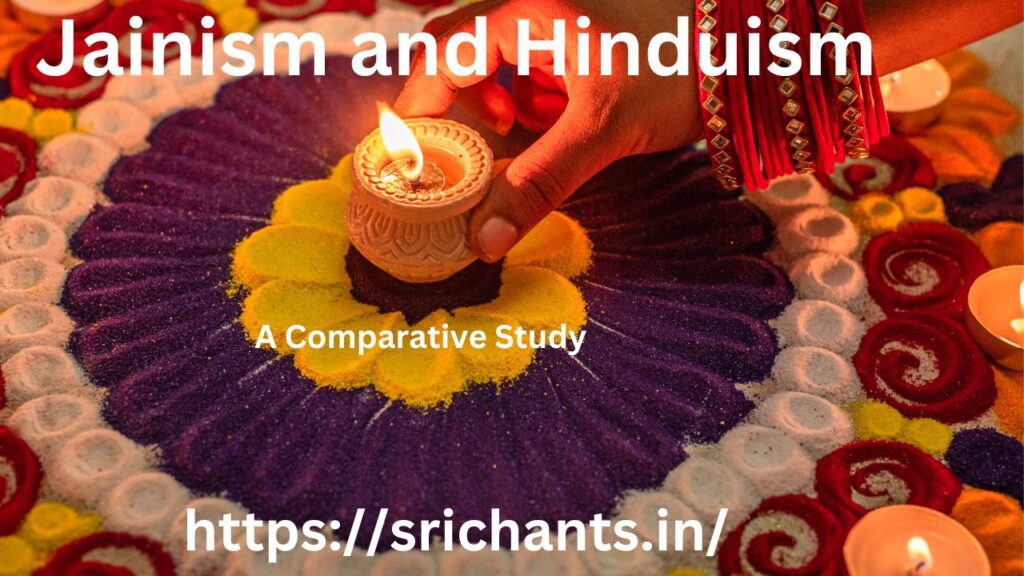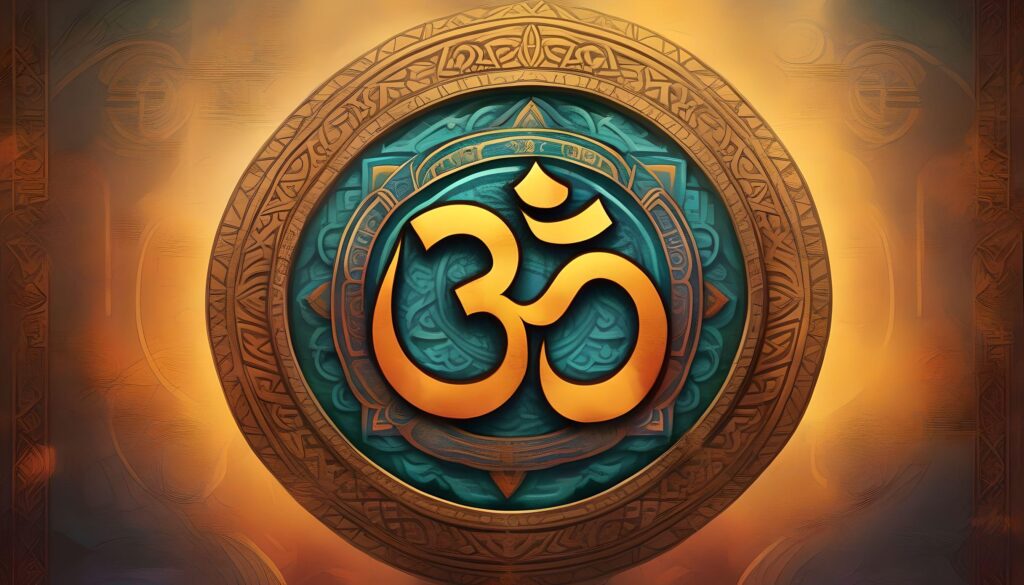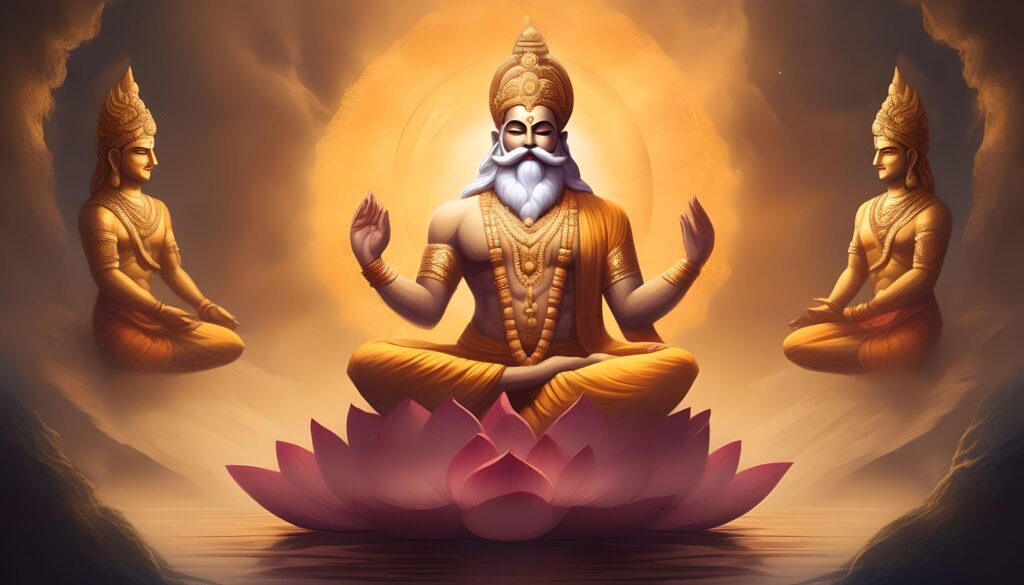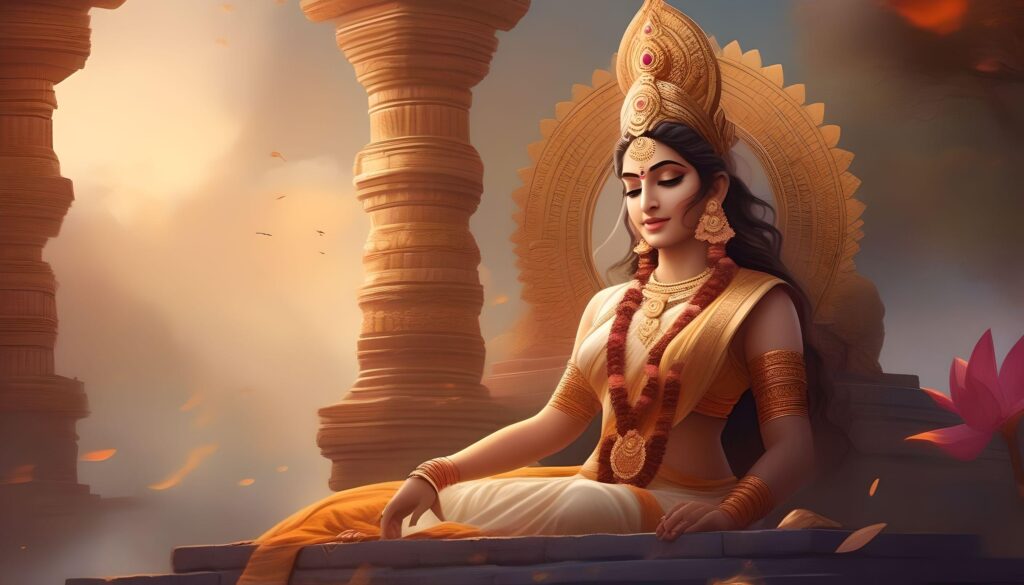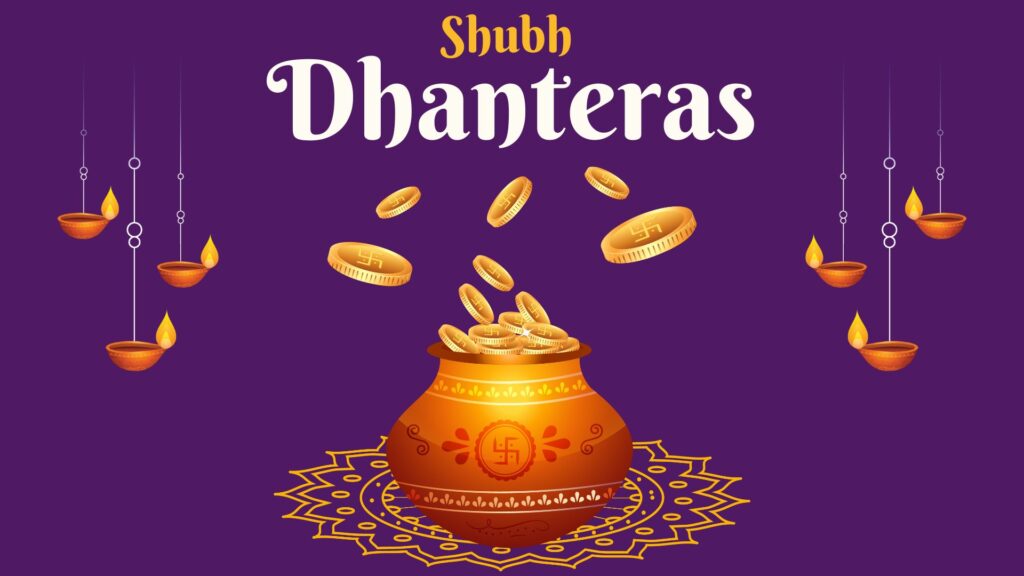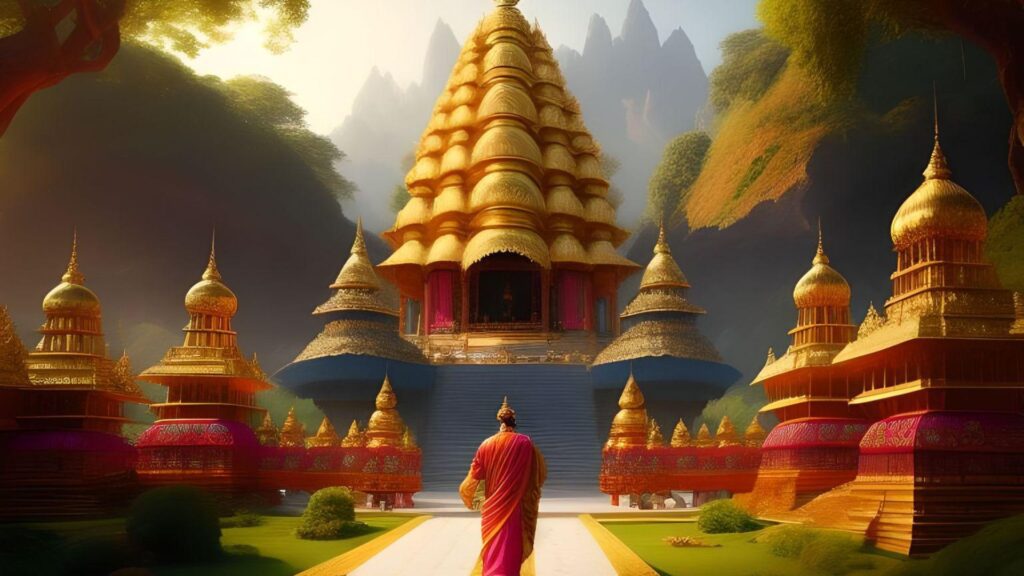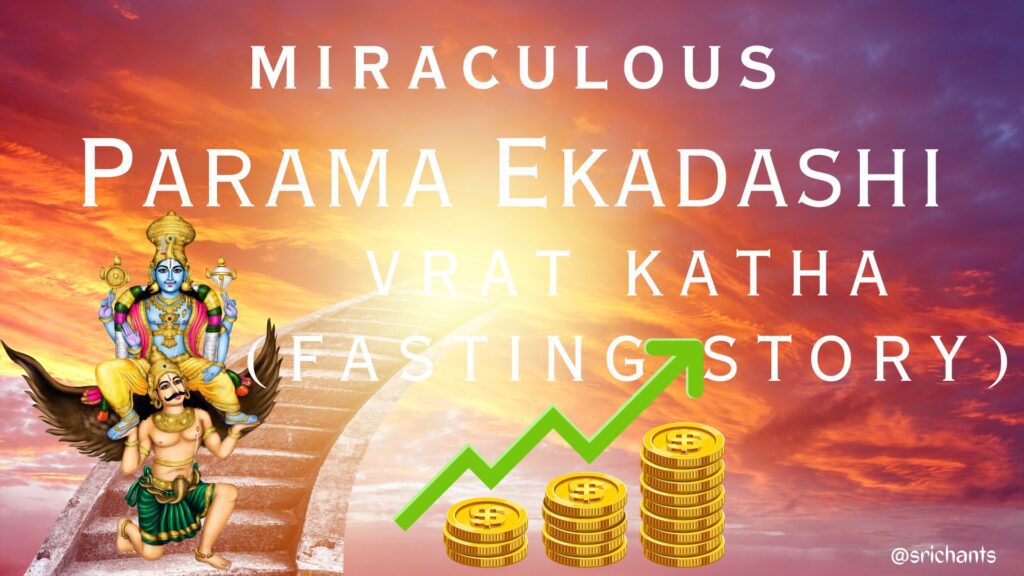Jainism and Hinduism: A Comparative Study
Jainism and Hinduism are two religious traditions with historical roots in the subcontinent of India. Although they do exhibit certain parallels, they maintain unique sets of beliefs, practices, and philosophies. This article will examine the fundamental tenets of both religions, as well as their parallels and distinctions.
Table of Contents
- Introduction
- Overview of Jainism and Hinduism
- Importance in Indian culture and history
- Origins and Historical Background
- Jainism: Founded by Mahavira
- Hinduism: No specific founder
- Beliefs and Philosophy
- Jainism: Emphasis on non-violence and asceticism
- Hinduism: Wide range of beliefs and practices
- Concept of God
- Jainism: Belief in multiple deities but not a creator god
- Hinduism: Belief in a supreme being and multitude of gods and goddesses
- Scriptures and Sacred Texts
- Jainism: Agamas and Jain literature
- Hinduism: Vedas, Upanishads, Bhagavad Gita, and Puranas
- Rituals and Worship
- Jainism: Meditation, fasting, and prayer
- Hinduism: Puja, yajna, and temple worship
- Path to Liberation
- Jainism: The Three Jewels (Right Faith, Right Knowledge, Right Conduct)
- Hinduism: The Four Paths (Karma Yoga, Bhakti Yoga, Jnana Yoga, and Raja Yoga)
- Concept of Karma and Reincarnation
- Jainism: Belief in the cycle of birth, death, and rebirth
- Hinduism: Belief in karma and the cycle of samsara
- Views on Non-Violence and Ahimsa
- Jainism: Strict adherence to non-violence towards all living beings
- Hinduism: Non-violence as one of the core principles, but not as strict as in Jainism
- Social Structure and Caste System
- Jainism: Rejects the caste system and advocates equality
- Hinduism: Traditional caste system with varnas and jatis
- Impact on Indian Art and Architecture
- Jainism: Elaborate temples and sculptures
- Hinduism: Vast temple complexes and intricate artwork
- Modern Practices and Global Influence
- Jainism: Small but influential community, known for their ethical lifestyle
- Hinduism: One of the world’s largest religions with followers worldwide
1. Introduction
Two prominent religions with profound roots in the Indian subcontinent are Jainism and Hinduism. They have exerted substantial influence on the historical, philosophical, and cultural development of the area. Although these groups maintain unique sets of beliefs and practices, they do exhibit certain similarities. Let’s examine each religion in greater detail and determine its significance.
Overview of Jainism and Hinduism
Jainism, an ancient faith, can be traced back to the sixth century BCE. As an enlightened teacher who advocated for nonviolence, truth, and self-discipline, Mahavira established the organization. Jainism places significant emphasis on the attainment of spiritual emancipation by means of asceticism and the steadfast adherence to ethical principles.
Hinduism, conversely, is an intricate and multifarious faith that has undergone a gradual development spanning millennia. It is considered to be among the world’s oldest religions, lacking a definitive progenitor or authoritative text. Hinduism is distinguished by its emphasis on dharma (moral and ethical obligations) and the quest for moksha (emancipation from the cycle of birth and death), among other tenets, rituals, and practices.
Importance in Indian Culture and History
The influence of Jainism and Hinduism on Indian culture, art, literature, and philosophy has been profound. Their impact has extended to persons’ ways of life, worship, and social interaction. The Jain temples, renowned for their elaborate carvings and remarkable architectural prowess, stand as a testament to the religion’s abundant artistic legacy. In the same way, Hindu temples, including the illustrious Varanasi and Khajuraho temples, are revered for their magnificence and profound spiritual importance.
2. Origins and Historical Background
Jainism: Founded by Mahavira
The teachings of Lord Mahavira, who was born in the region that is now Bihar, India, in the 6th century BCE, are the origins of Jainism. In Jainism, Mahavira is considered the 24th and final Tirthankara, or spiritual teacher. At the age of thirty, he renounced his princely lifestyle and devoted the subsequent twelve years to diligent self-discipline and meditation. Mahavira, subsequent to achieving enlightenment, espoused the tenets of celibacy, nonviolence, truth, and non-attachment to material possessions.
Hinduism: No specific founder
In contrast to Jainism, Hinduism lacks a designated progenitor or a singular figure of authority. Through millennia of development, it assimilates a multitude of philosophical, religious, and cultural influences. Hinduism’s origins can be identified in the Indus Valley Civilization, an ancient civilization that thrived approximately 2500 BCE. As time progressed, the religious system incorporated the doctrines and rituals of numerous indigenous communities, including the Aryan tribes that had migrated to the Indian subcontinent.
3. Beliefs and Philosophy
Jainism: Emphasis on non-violence and asceticism
Jainism is founded upon a set of tenets, namely ahimsa (non-violence), asteya (truth), aparigraha (non-stealing), brahmacharya (celibacy), and asteya (non-stealing). Achieving liberation from the cycle of birth, death, and rebirth through the purification of the soul and the severance of karmic bonds is the ultimate objective of Jainism. Jains maintain that all living things are endowed with a consciousness (jiva) and that each action, thought, and word has repercussions. As a result, they endeavor to live a life characterized by self-control, nonviolence, and compassion.
Hinduism: Wide range of beliefs and practices
Hinduism is characterized by its broad range of beliefs and practices, which contribute to its status as a religion that is both diverse and inclusive. The subcontinent is distinguished by its polytheistic composition, wherein millions of deities and goddesses are venerated. Hindus adhere to the moral and ethical obligations known as dharma, which they consider indispensable for living a virtuous life. Purahastamas (righteousness), artha (wealth and prosperity), kama (desire and pleasure), and moksha (emancipation from the cycle of birth and death) are the four primary objectives of existence in Hinduism.
4. Concept of God
Jainism: Belief in multiple deities but not a creator god
In Jainism, the belief in the existence of a creator deity is rejected. In contrast, the Jains maintain the belief in the presence of numerous deities, referred to as Tirthankaras, who have achieved enlightenment and function as spiritual mentors. The Tirthankaras are held in high regard and are objects of worship due to their illustrious lives and teachings. Through spiritual practice and self-realization, Jains hold that all individuals are capable of achieving liberation and the status of Tirthankara.
Hinduism: Belief in a supreme being and multitude of gods and goddesses
Hinduism comprises an extensive assemblage of convictions with respect to the essence of the divine. Brahman, a transcendent being revered by some Hindus, is infinite, formless, and incomprehensible to humans. It is widely held that Brahman takes on a multitude of forms and avatars, including but not limited to Vishnu, Shiva, and Devi. Devotees venerate these deities and goddesses on account of their divine attributes and capabilities. Additionally, Hinduism recognizes the presence of a multitude of deities that are linked to various facets of existence, including fertility, prosperity, knowledge, and love.
5. Scriptures and Sacred Texts
Jainism: Agamas and Jain literature
The Agamas, an extensive compilation of scriptures within Jainism, are regarded as the most authoritative texts of the faith. The Agamas comprise the Tirthankaras’ teachings and offer counsel on spiritual practices, ethical behavior, and the journey towards enlightenment. Commentaries, philosophical treatises, and biographies of spiritual leaders are also included in Jain literature. The Bhaktamara Stotra, the Tattvartha Sutra, and Samayasara are significant Jain texts.
Hinduism: Vedas, Upanishads, Bhagavad Gita, and Puranas
A vast collection of sacred texts is venerated by adherents of Hinduism. The Vedas, comprising philosophical teachings, pilgrimages, and rituals, are the most ancient and authoritative scriptures. Considered to have been revealed by God, the Vedas serve as the bedrock of Hindu philosophical and religious thought. As philosophical treatises appended to the Vedas, the Upanishads investigate the essence of reality, the self, and ultimate truth.
The Bhagavad Gita, an additional sacred text of great importance in Hinduism, comprises a sacred dialogue between Lord Krishna and Prince Arjuna. It summarizes the tenets of Hindu philosophy and offers counsel on matters of responsibility, moral rectitude, and the journey towards spiritual enlightenment. Anthology of historical and mythological texts, the Puranas recount the exploits of ancient monarchs, goddesses, and deities.
6. Rituals and Worship
Jainism: Meditation, fasting, and prayer
The principal tenets of Jain worship are prayer, fasting, and meditation. Jains hold the conviction that liberation can be achieved through self-discipline and introspection-based purification of the psyche. Meditation is an essential component of Jain practice, as it facilitates the development of mindfulness and the disconnection from materialistic ambitions. An additional crucial element of Jain ritual is fasting, during which adherents engage in a variety of fasting practices to purify their minds and bodies. In addition to performing rituals, offering petitions, and seeking the blessings of the Tirthankaras, Jains visit temples.
Hinduism: Puja, yajna, and temple worship
Hindu worship is distinguished by an extensive variety of ceremonies, rituals, and practices. Puja is the prevailing mode of devotion, wherein adherents present food, flowers, incense, and prayers to the celestial beings. Additionally, Hindus engage in yajnas (fire rituals) in order to seek the divine guidance and bestow their blessings. Temple worship holds significant prominence within the Hindu faith, as devout individuals visit temples to partake in ceremonial activities, offer petitions, and seek spiritual solace. Temples are embellished with ornate paintings and sculptures that portray a multitude of deities, mythological accounts, and goddesses.
7. Path to Liberation
Jainism: The Three Jewels (Right Faith, Right Knowledge, Right Conduct)
According to Jainism, attaining moksha (liberation) is accomplished by adhering to the Three Jewels—Right Conduct, Right Knowledge, and Right Faith. True faith entails a steadfast conviction in the Tirthankaras’ teachings and the trajectory towards emancipation. The profound comprehension of the eternal soul and the true essence of reality is referred to as “Right Knowledge.” Adhering to a rigorous moral code, which encompasses non-violence, truthfulness, celibacy, non-attachment, and theft, constitutes Right Conduct.
Hinduism: The Four Paths (Karma Yoga, Bhakti Yoga, Jnana Yoga, and Raja Yoga)
Hinduism provides a variety of routes to achieve moksha, in order to accommodate the individual’s varied spiritual requirements and temperament. Jnana Yoga (the path of knowledge), Karma Yoga (the path of selfless action), Bhakti Yoga (the path of devotion), and Raja Yoga (the path of meditation and mental control) are the four primary paths. Spiritual development and liberation are approached differently along each path, allowing individuals to select the one that most closely resonates with them.
8. Concept of Karma and Reincarnation
Jainism: Belief in the cycle of birth, death, and rebirth
The Jains adhere to the principles of reincarnation and karma. Every action, thought, and word generates karma, which influences the psyche and determines its future existence, according to Jain philosophy. The objective is to achieve spiritual purification by minimizing the accumulation of karma via spiritual practices and ethical behavior. The Jains adhere to the concept of the cycle of birth, death, and rebirth; attaining liberation from this cycle is their ultimate goal.
Hinduism: Belief in karma and the cycle of samsara
Additionally, karma and the cycle of samsara (reincarnation) are tenets of Hinduism. Hindus hold the belief that all actions have repercussions and that the accumulated karma from previous incarnations exerts an influence on an individual’s current life. Achieving moksha, which is the liberation of the soul from the cycle of birth and mortality, is the ultimate objective: to escape the cycle of samsara. Hindus maintain that the character of an individual’s future existence is predicated on the caliber of their deeds, thoughts, and intentions.
9. Views on Non-Violence and Ahimsa
Jainism: Strict adherence to non-violence towards all living beings
In Jainism, nonviolence (ahimsa) is considered a fundamental principle. Jains endeavor to conduct themselves in a manner devoid of violence, both in word and deed, with regard to every living thing. They abstain from eating and drinking and refrain from harming any sentient being, including microbes and insects. Jains consider every living thing to be sacred and recognize its inherent right to life. It is believed that ahimsa is indispensable for spiritual development and psyche purification.
Hinduism: Non-violence as one of the core principles, but not as strict as in Jainism
Non-violence is another fundamental principle of Hinduism; however, its application and understanding differ among various sects and individuals. While a subset of Hindus practices vegetarianism and espouses the principle of non-violence towards all living things, others may elect to consume meat and embrace a more adaptable stance. While the significance of compassion and non-harming is underscored in Hindu scriptures, the degree of commitment to non-violence may vary according to cultural, dietary, and regional influences.
10. Social Structure and Caste System
Jainism: Rejects the caste system and advocates equality
In contrast to the caste system, Jainism promotes egalitarianism for all people. Jains uphold the fundamental value and dignity of each individual, regardless of their place of origin or societal standing. Spiritual advancement is determined by an individual’s deeds and virtues, not their caste or lineage, according to Jain philosophy. Jains endeavor to treat all living beings, irrespective of socioeconomic status, with compassion and reverence.
Hinduism: Traditional caste system with varnas and jatis
Caste is the traditional term used to refer to a hierarchical social structure that has been associated with Hinduism. Brahmins (priests and scholars), Kshatriyas (warriors and rulers), Vaishyas (merchants and cultivators), and Shudras (laborers and servants) comprise the four varnas (castes) that comprise society. An extensive number of jatis (sub-castes) are subdivided from each varna according to occupation and familial lineage. Despite substantial contemporary transformations, the caste system continues to exert its enduring impact on specific facets of Indian society.
11. Impact on Indian Art and Architecture
Jainism: Elaborate temples and sculptures
Indian architecture and art have been extremely impacted by Jainism. Jain sanctuaries are renowned for their exquisite sculptures, intricate carvings, and elaborate architectural designs. Frequently, ornate facades, intricately carved pillars, and detailed depictions of Tirthankaras and other Jain deities adorn the temples. The Dilwara Temples, situated in Mount Abu, Rajasthan, are widely recognized for their elaborate marble carvings and serve as primary illustrations of Jain temple architecture.
Hinduism: Vast temple complexes and intricate artwork
Hinduism has significantly influenced the domains of Indian architecture and art. Hindu temples are distinguished by their architectural splendor, intricate artwork, and magnificence. Angkor Wat in Cambodia and the Khajuraho temple complexes in India are renowned for their magnificent statuary and intricate carvings. Sculptures, murals, and paintings that depict scenes from Hindu mythology and religious narratives are also considered Hindu art.
12. Modern Practices and Global Influence
Jainism: Small but influential community, known for their ethical lifestyle
Jainism is an ecclesiastical order that maintains a comparatively modest membership, predominantly concentrated in India. Jains are renowned for their unwavering commitment to ethical principles, vegetarianism, and nonviolence. Significant contributions have been made by the Jain community to numerous disciplines, including business, education, and philanthropy. Jains actively participate in endeavors that advocate for social welfare, environmental preservation, and nonviolence.
Hinduism: One of the world’s largest religions, with followers worldwide
Hinduism is among the most extensively practiced religions on a global scale. Numerous facets of human existence, such as spirituality, philosophy, art, literature, and social practices, have been profoundly influenced by it. Other philosophical and religious traditions, including Sikhism, Yoga, and Buddhism, have been adversely affected by Hinduism. As a dynamic and heterogeneous faith, Hinduism continues to flourish in the twenty-first century, with adherents observing an extensive variety of rituals, traditions, and beliefs.
In conclusion, Jainism and Hinduism are two ancient religions that have influenced the Indian subcontinent’s spiritual, cultural, and philosophical landscape. Hinduism comprises an extensive array of doctrines, rituals, and routes to enlightenment, whereas Jainism emphasizes abstinence from life, spiritual labor, and nonviolence. Art, philosophy, and Indian society have all been profoundly influenced by both faiths, which remain influential entities in the lives of millions of people today.v
